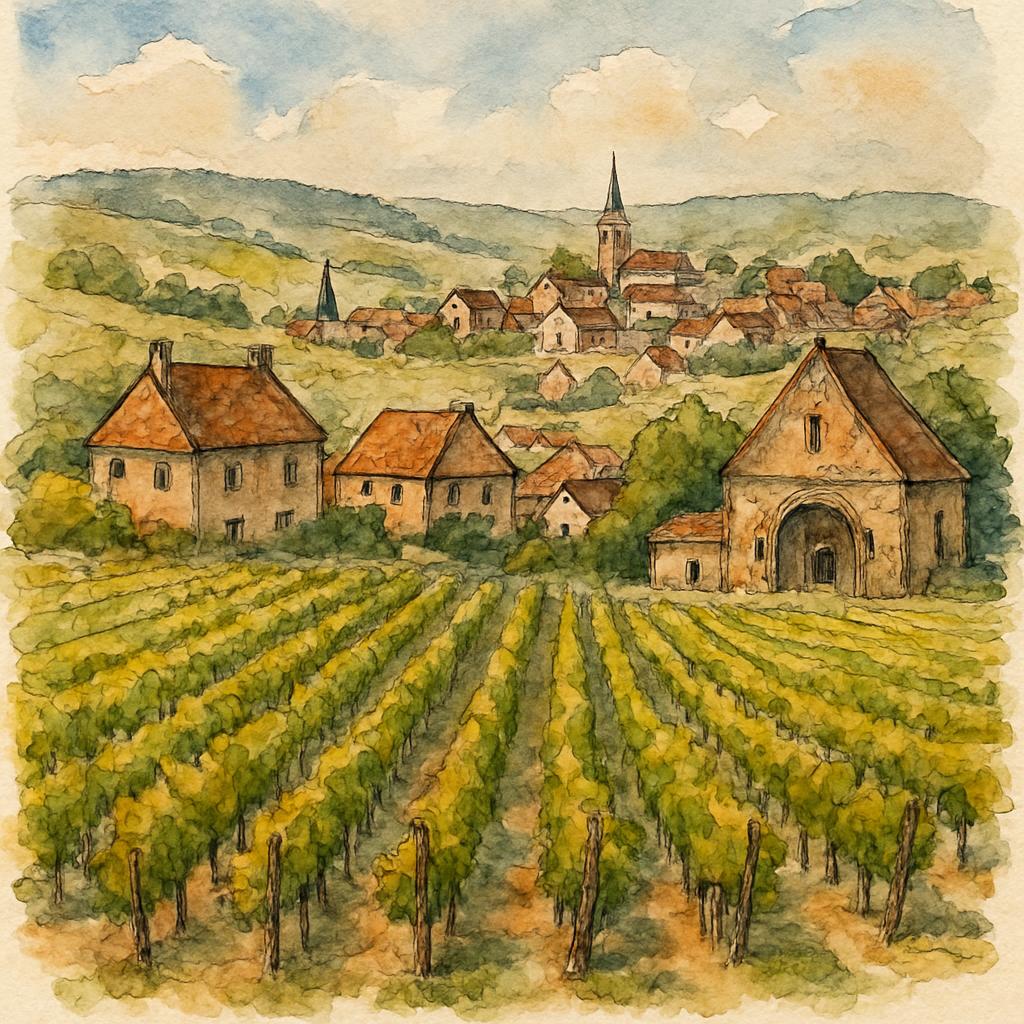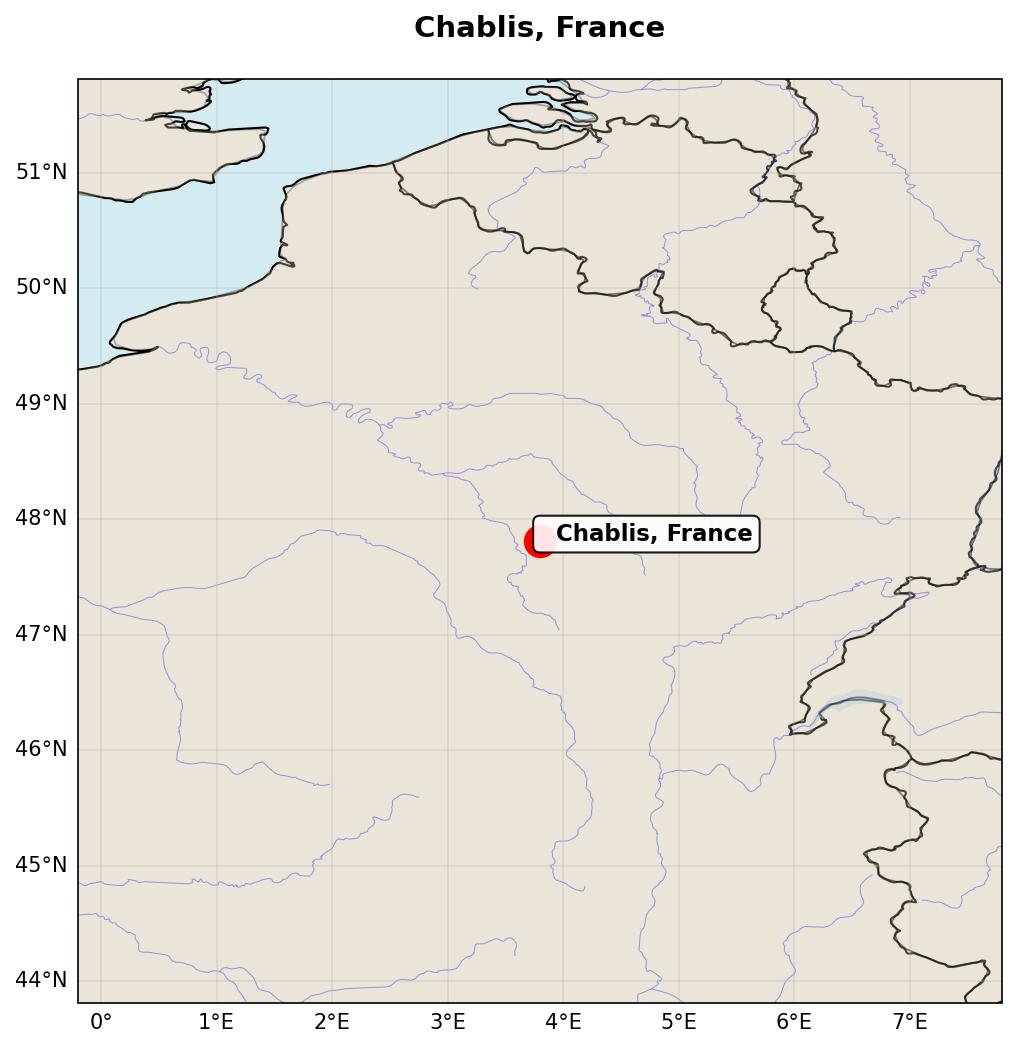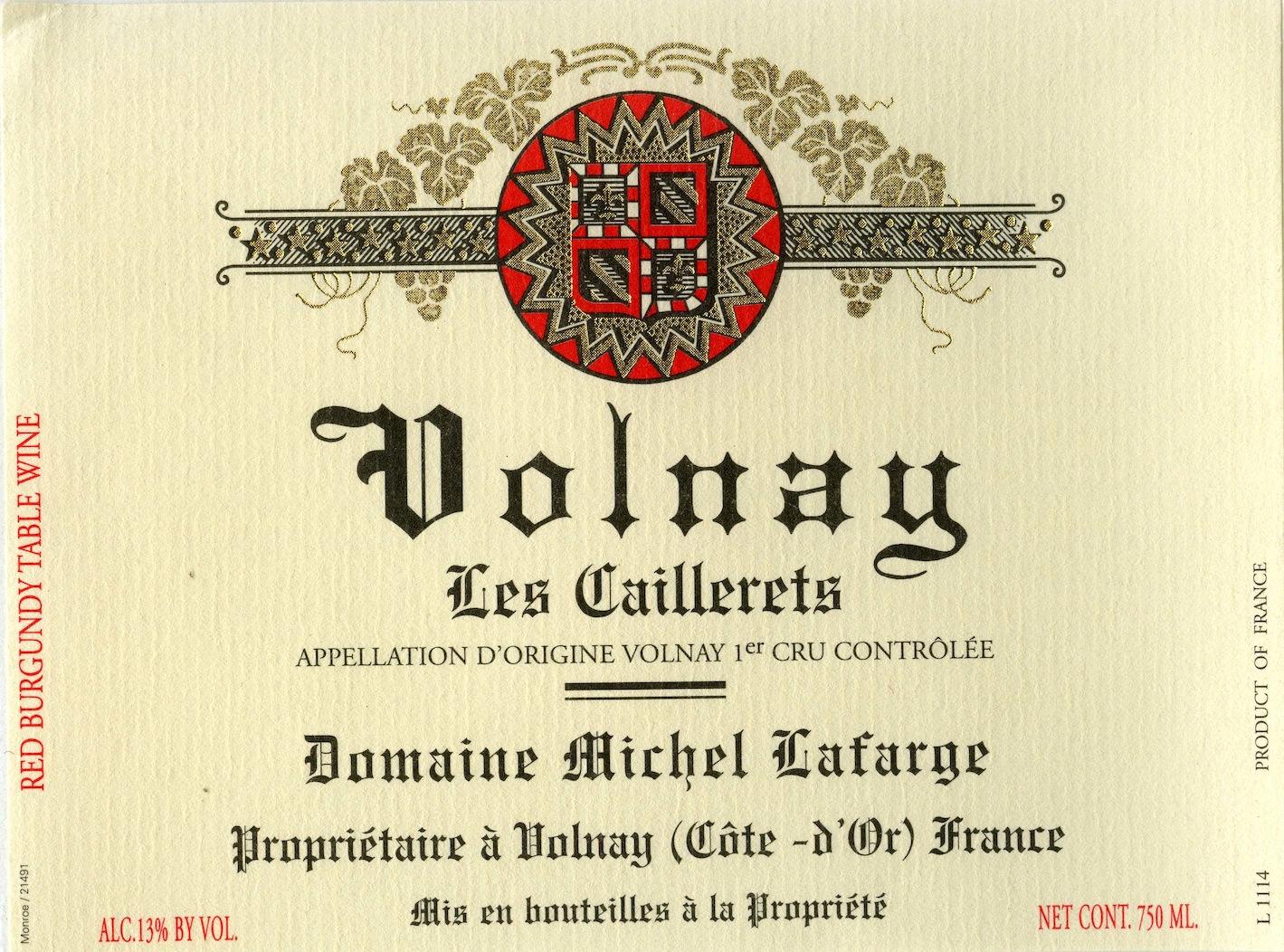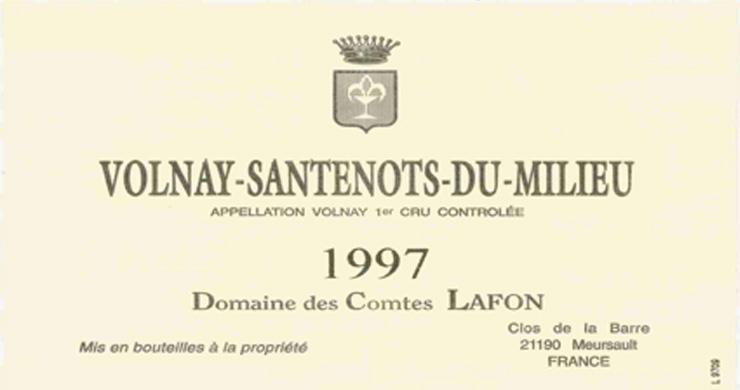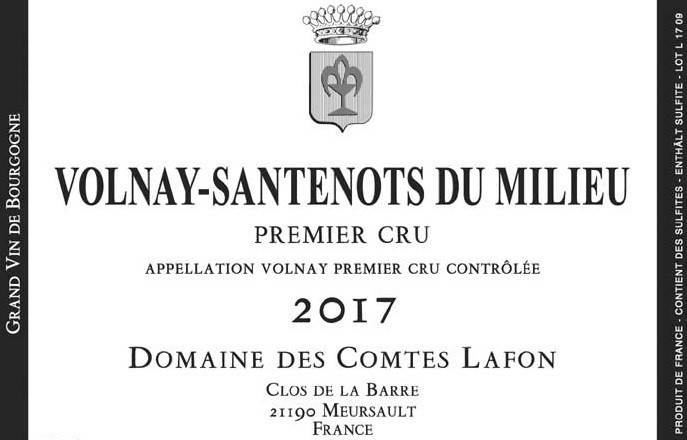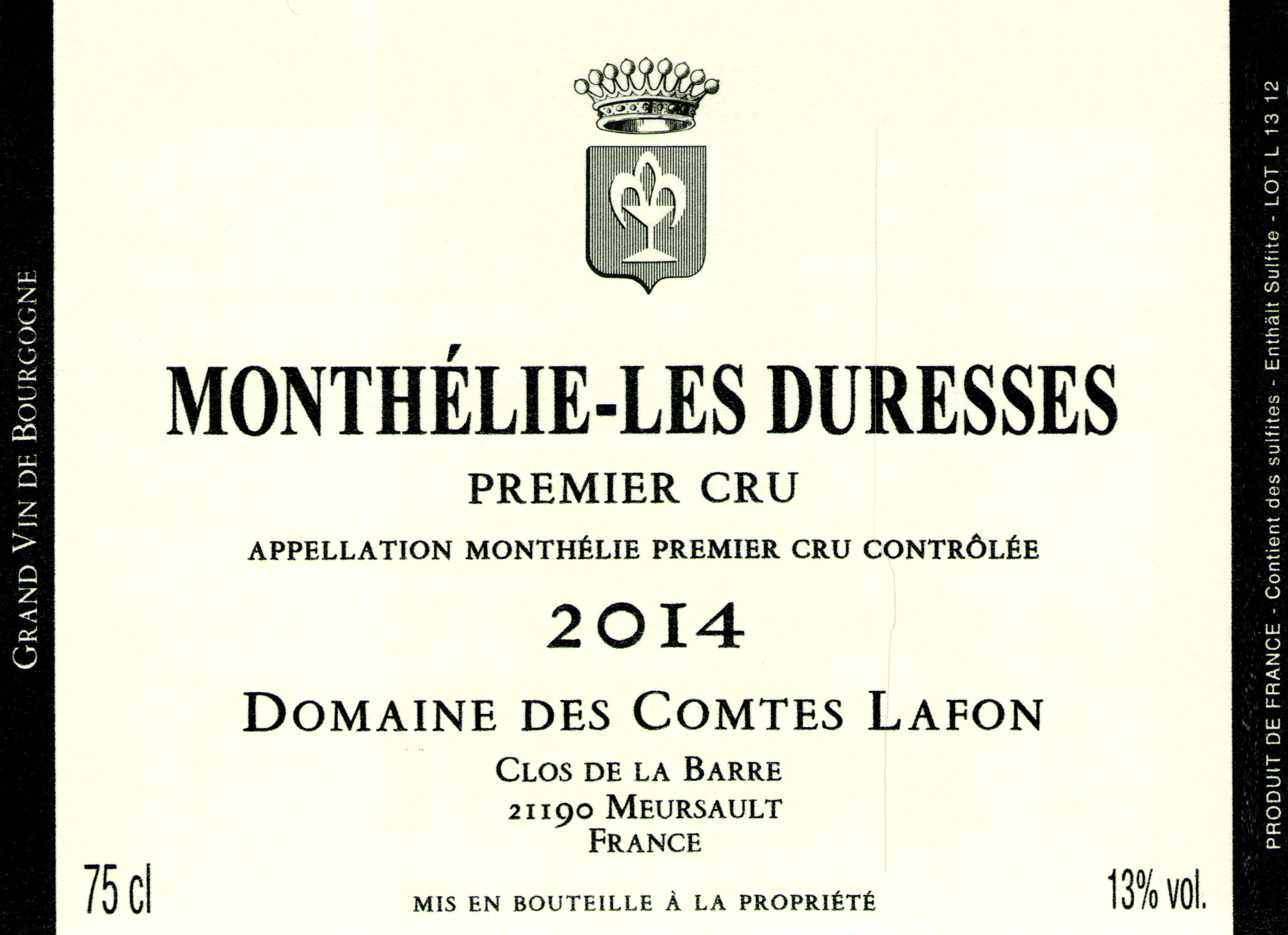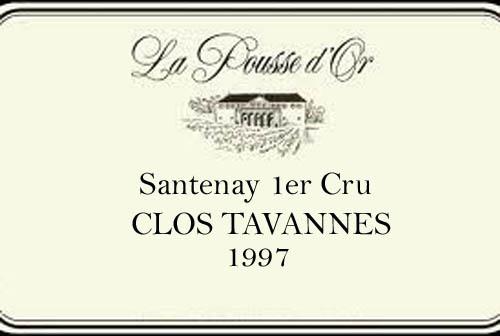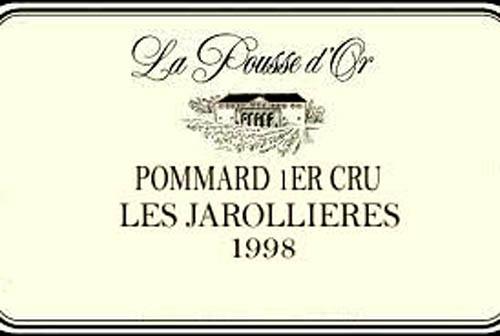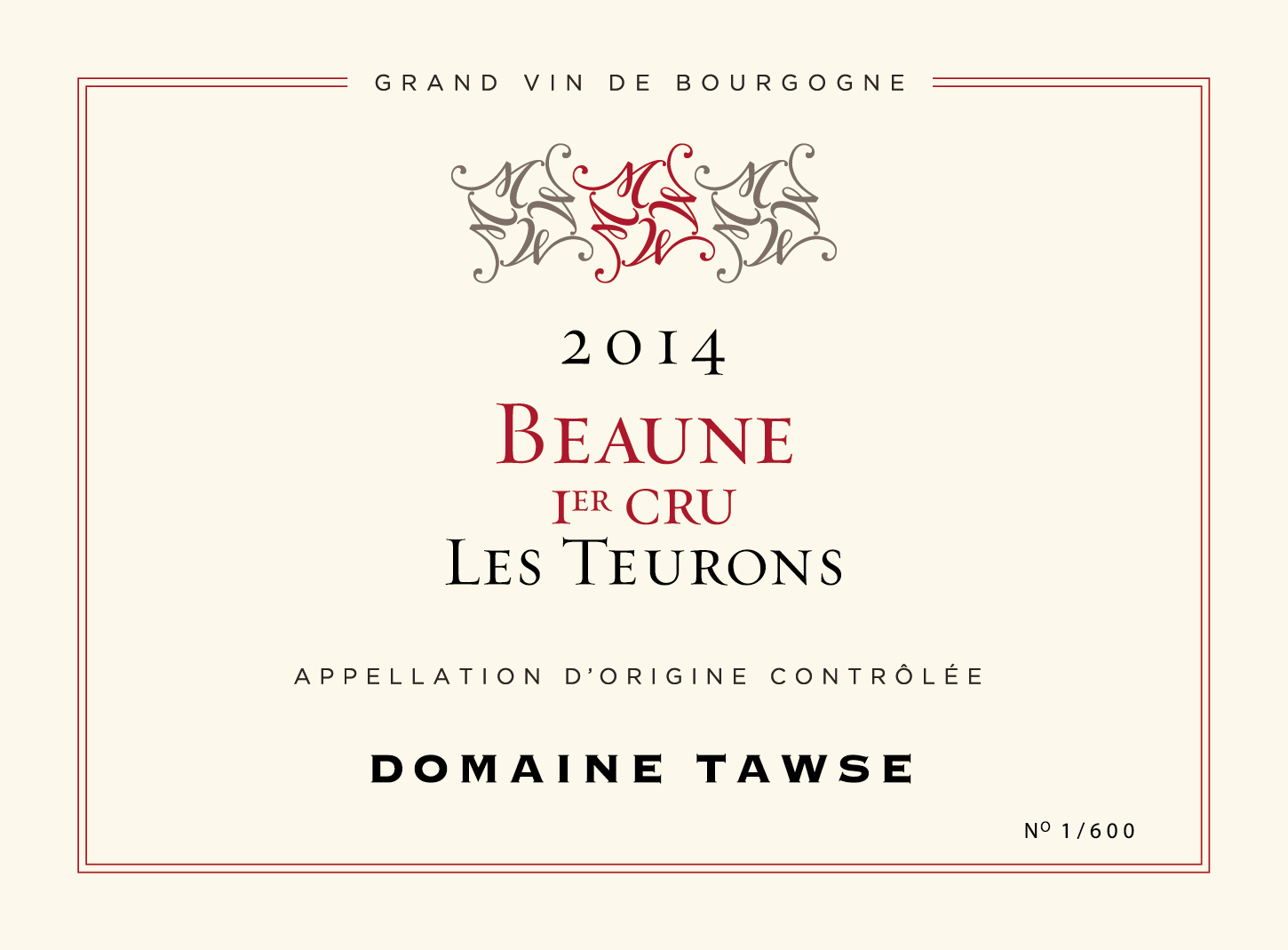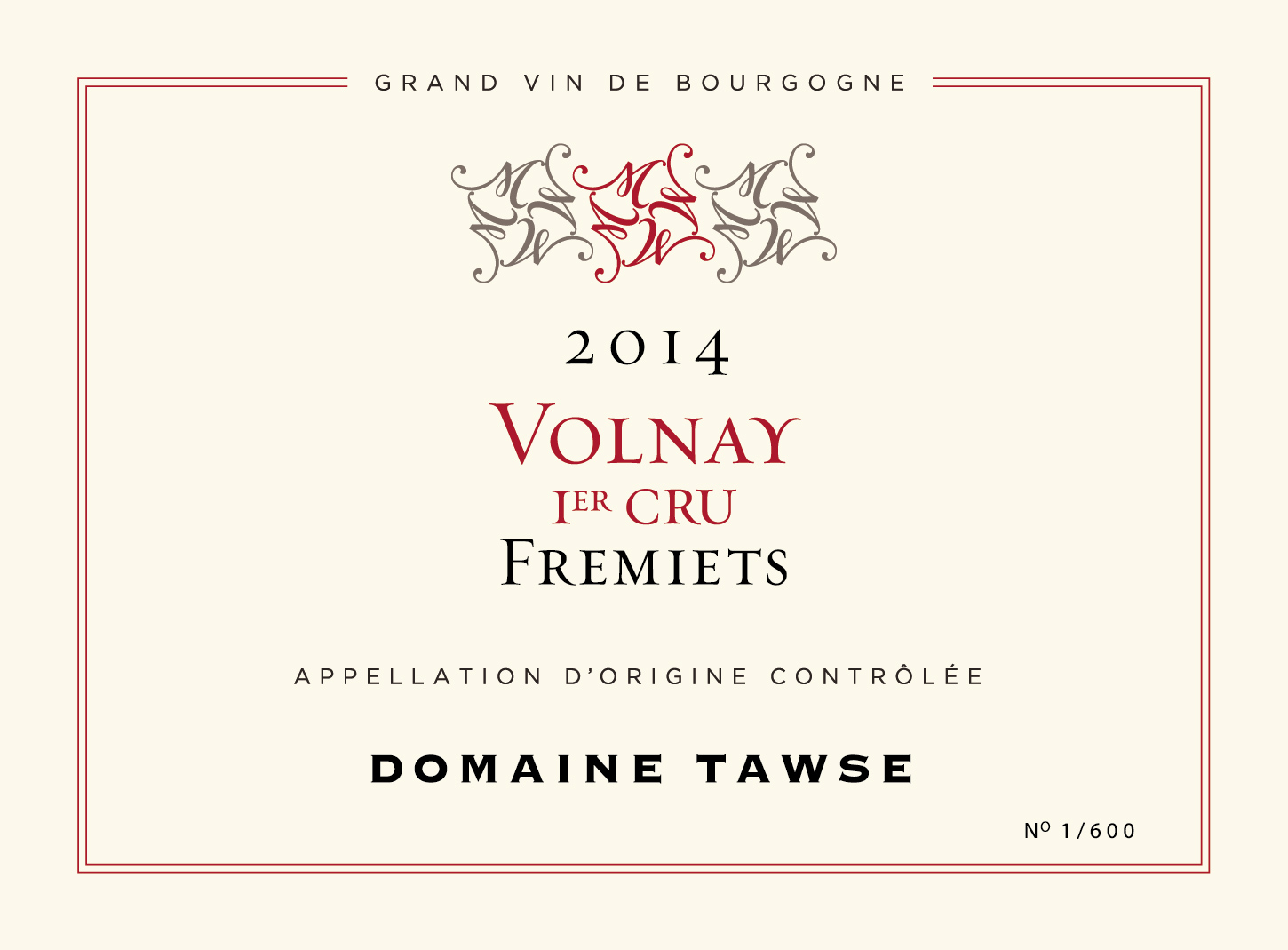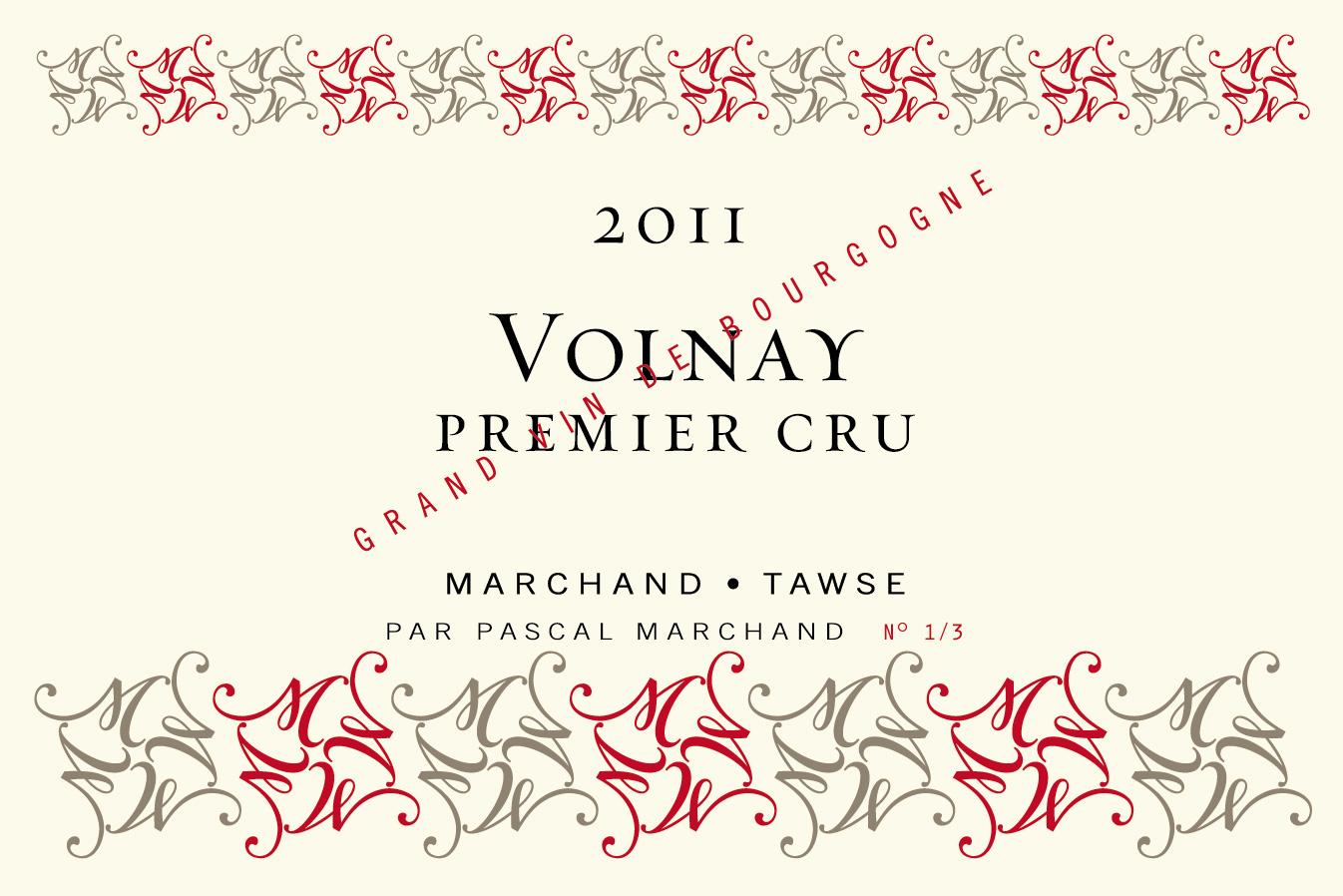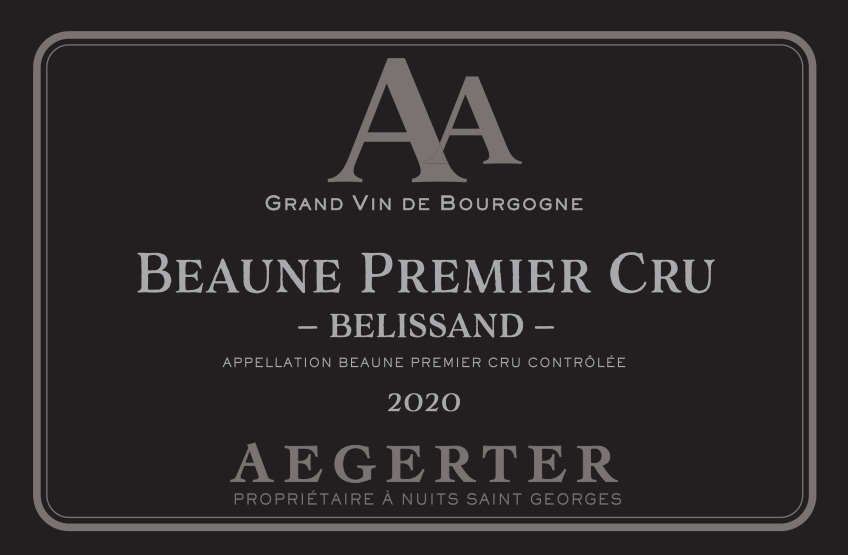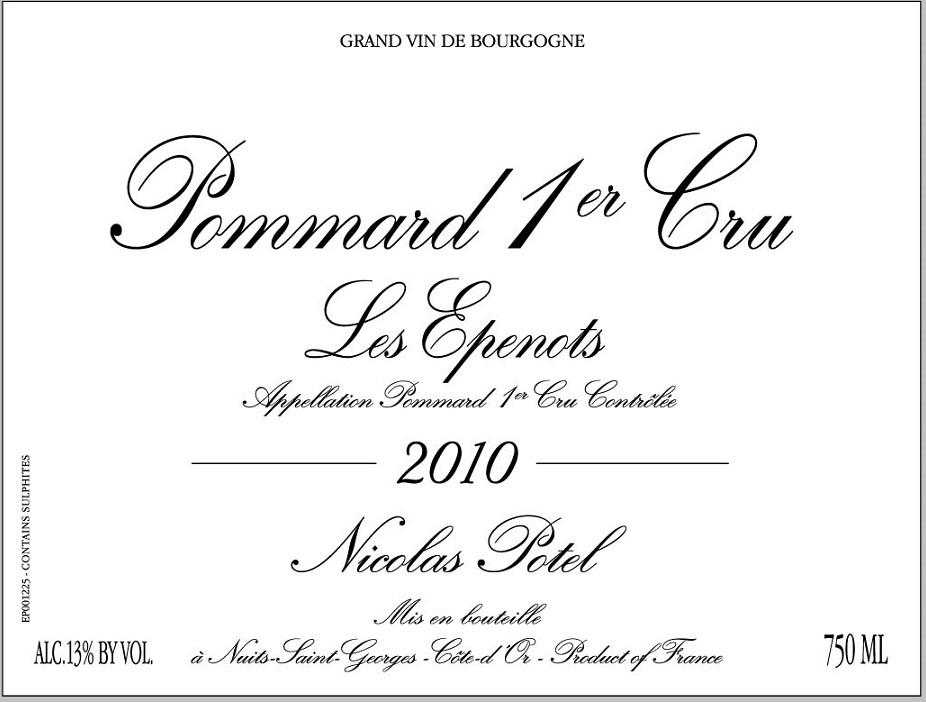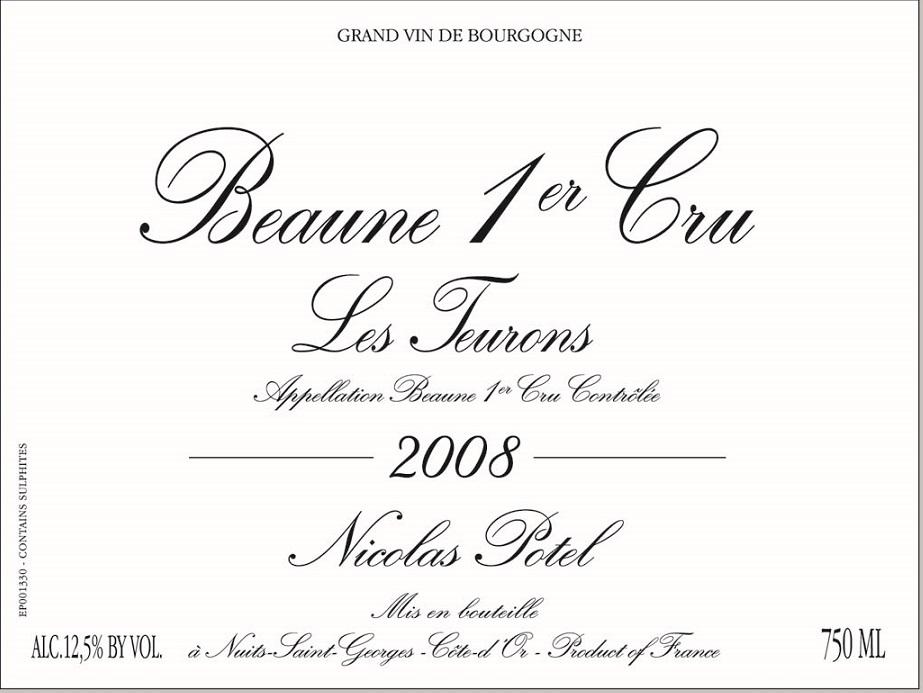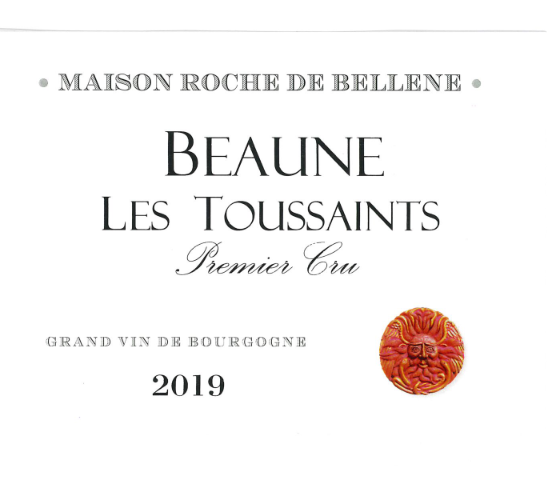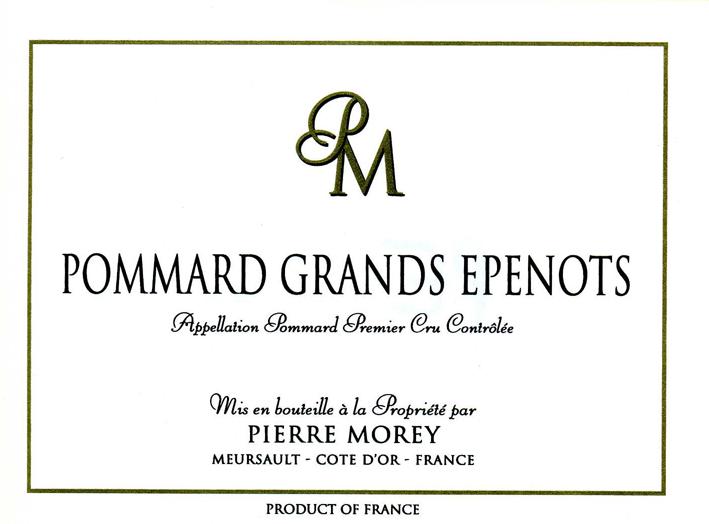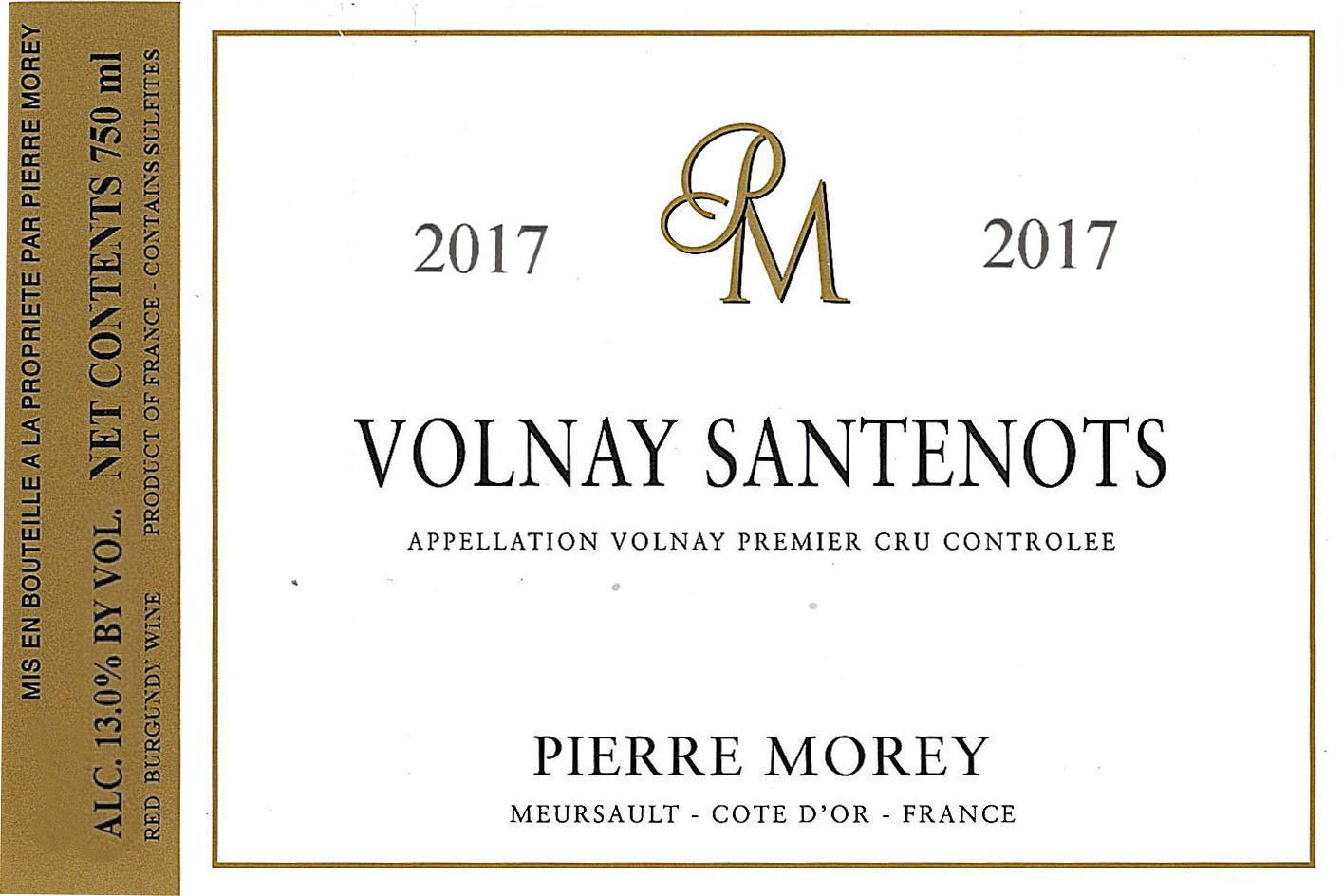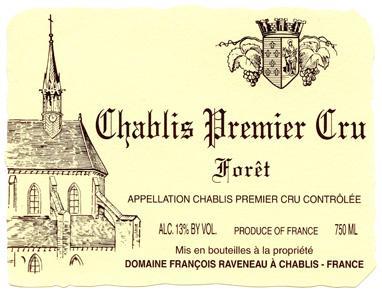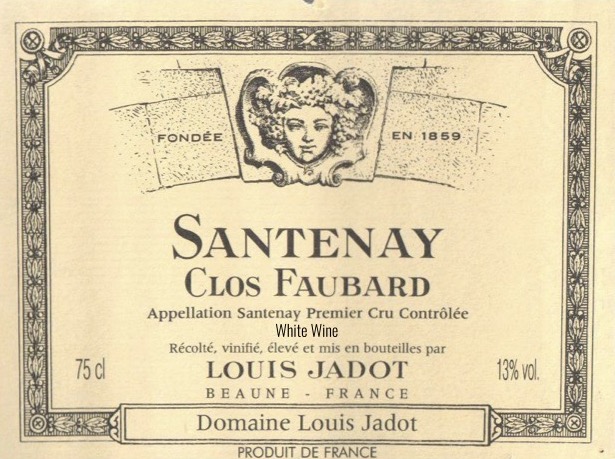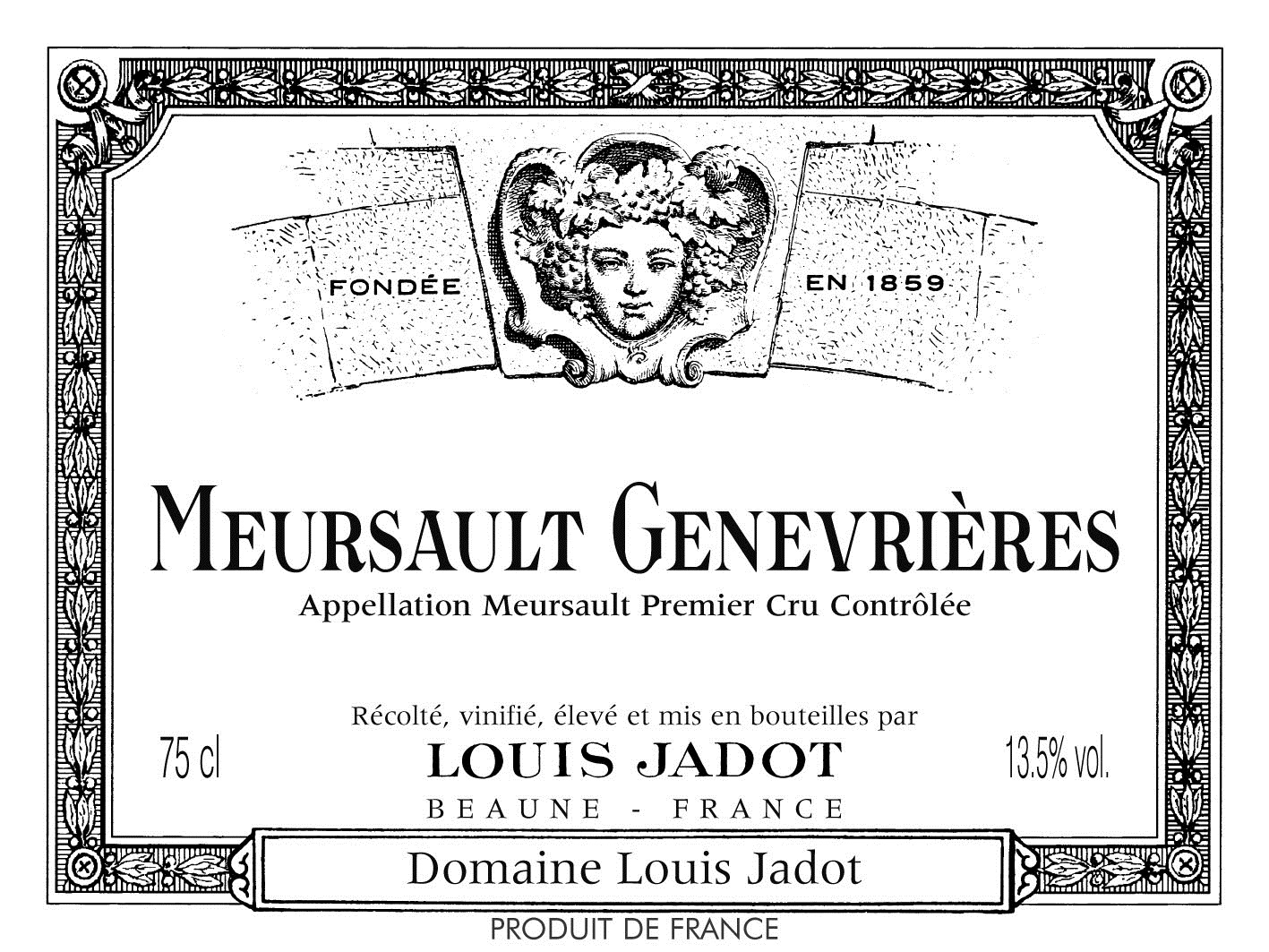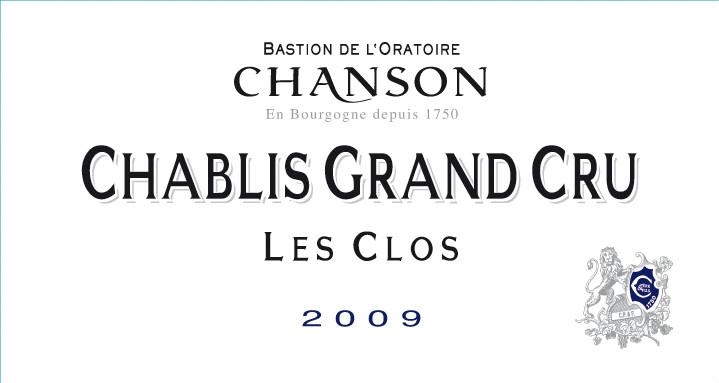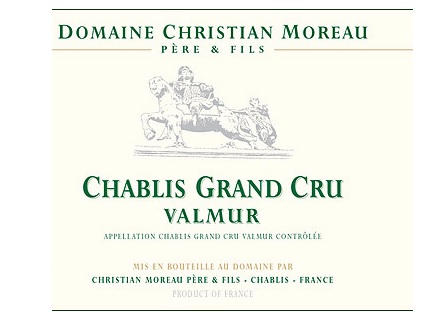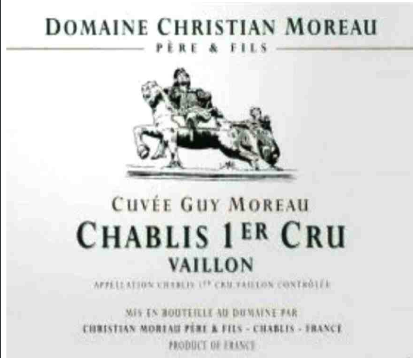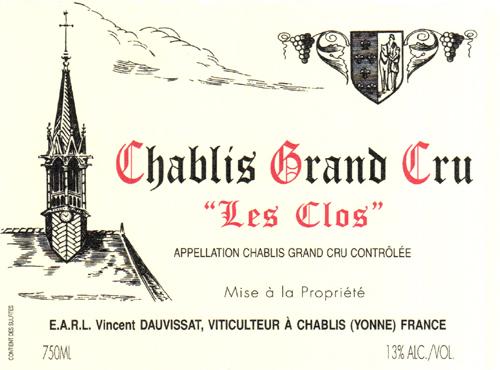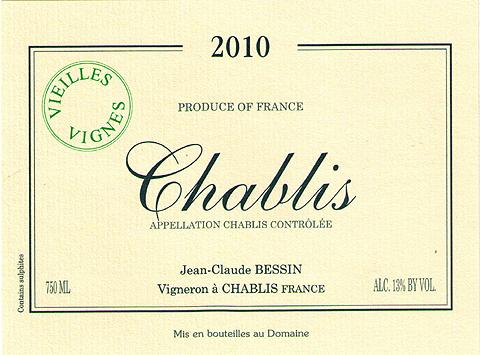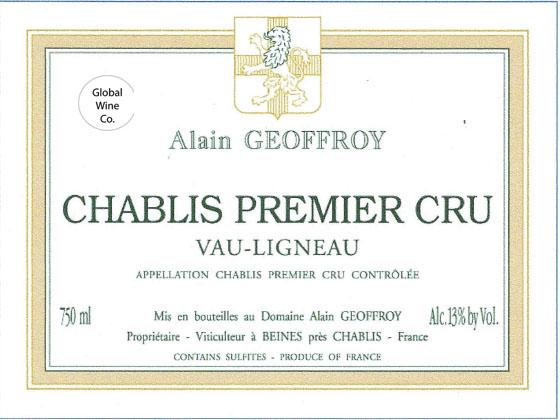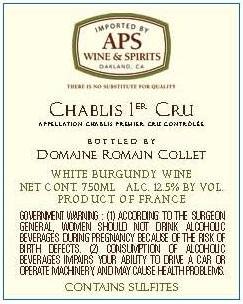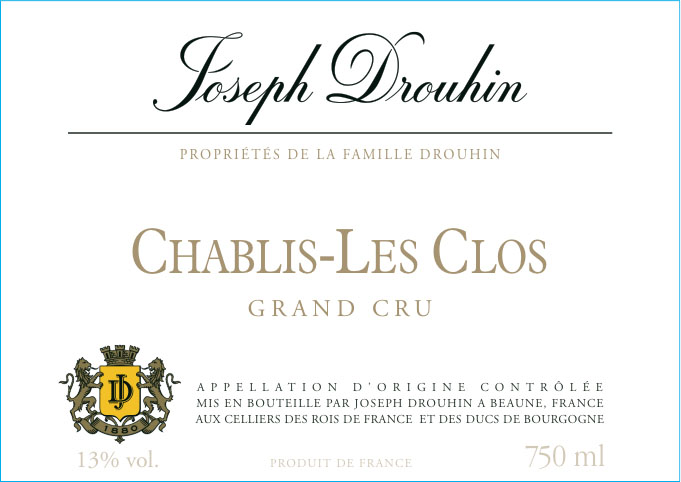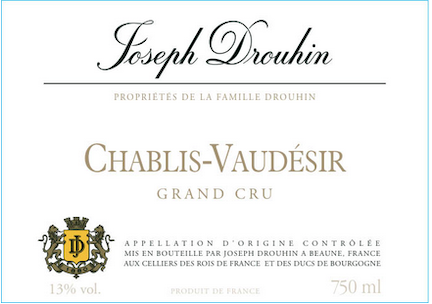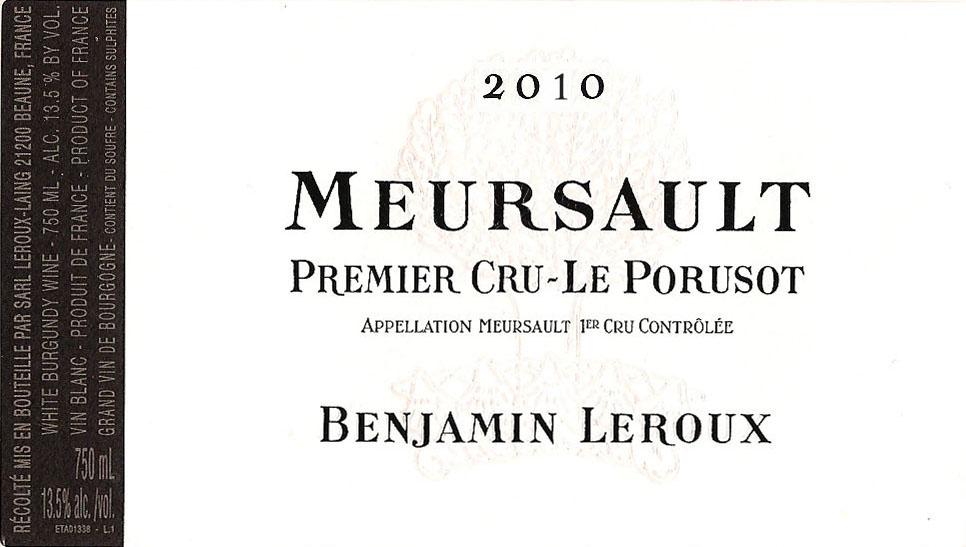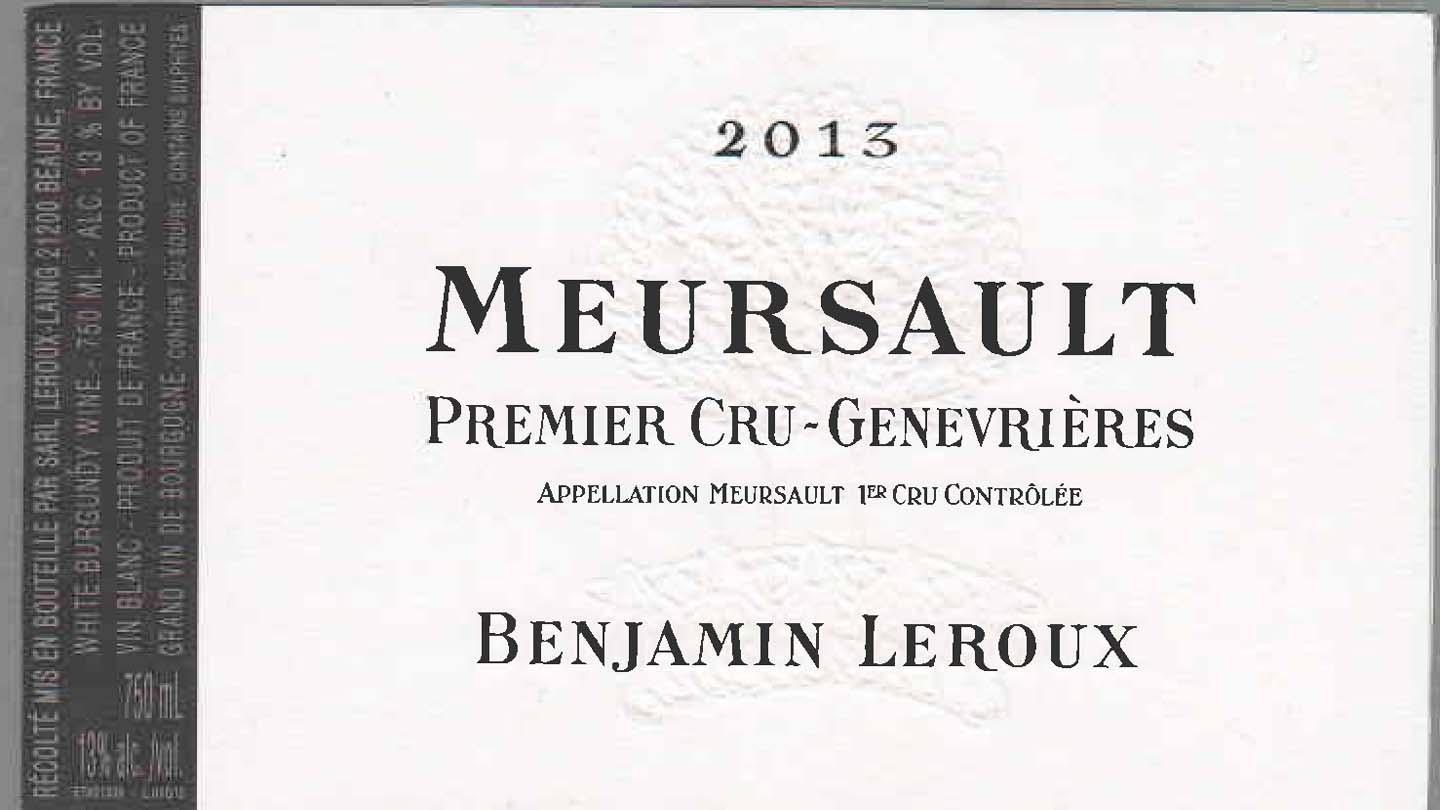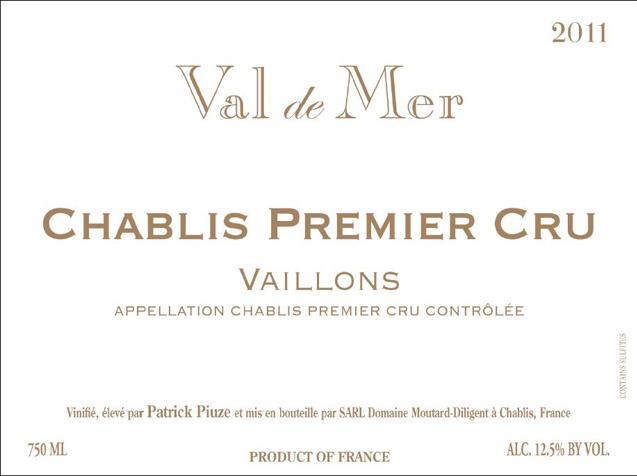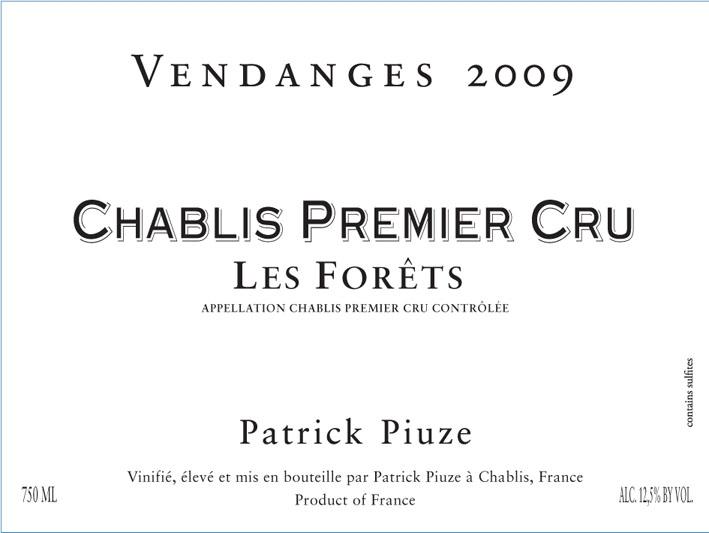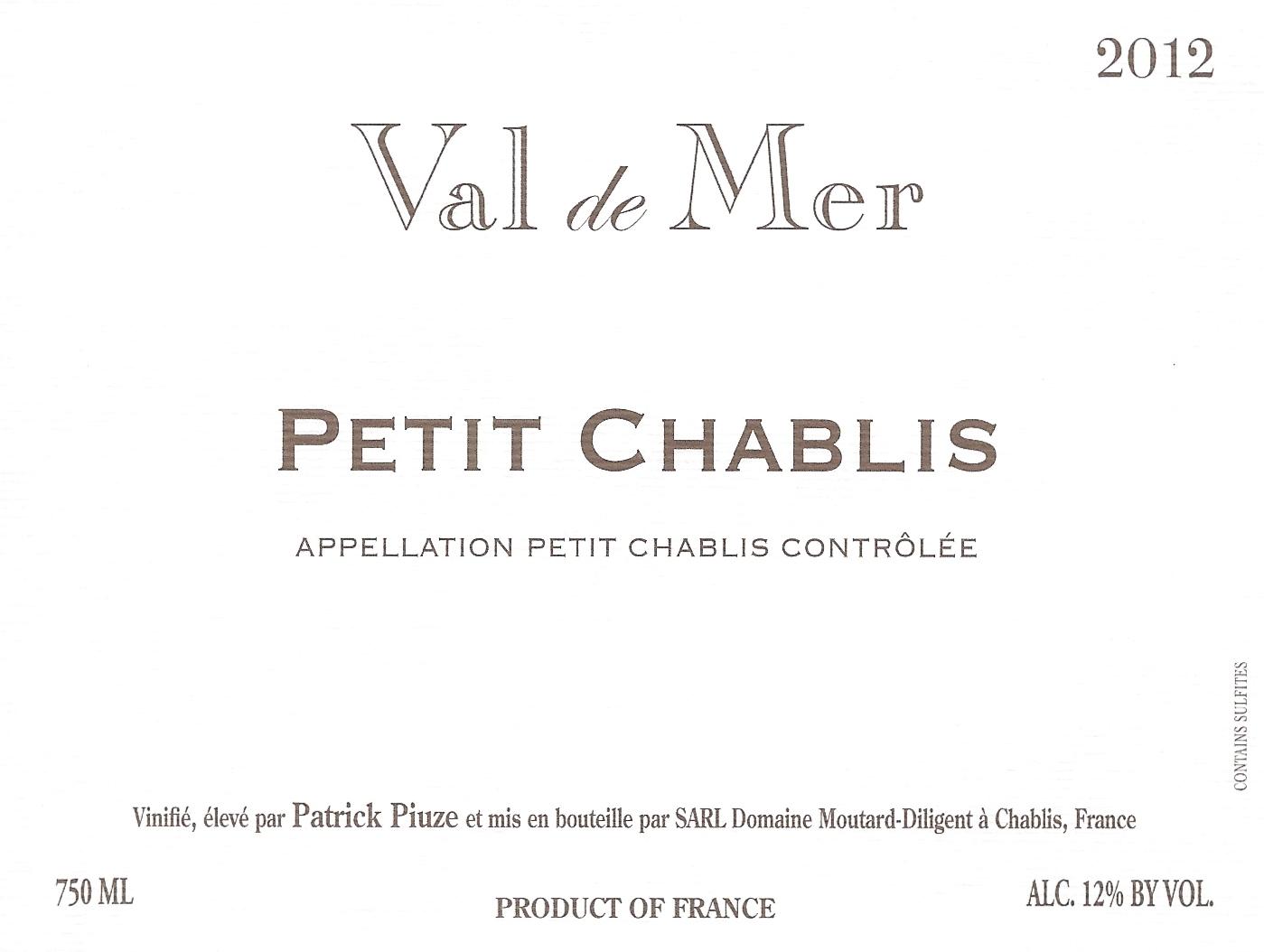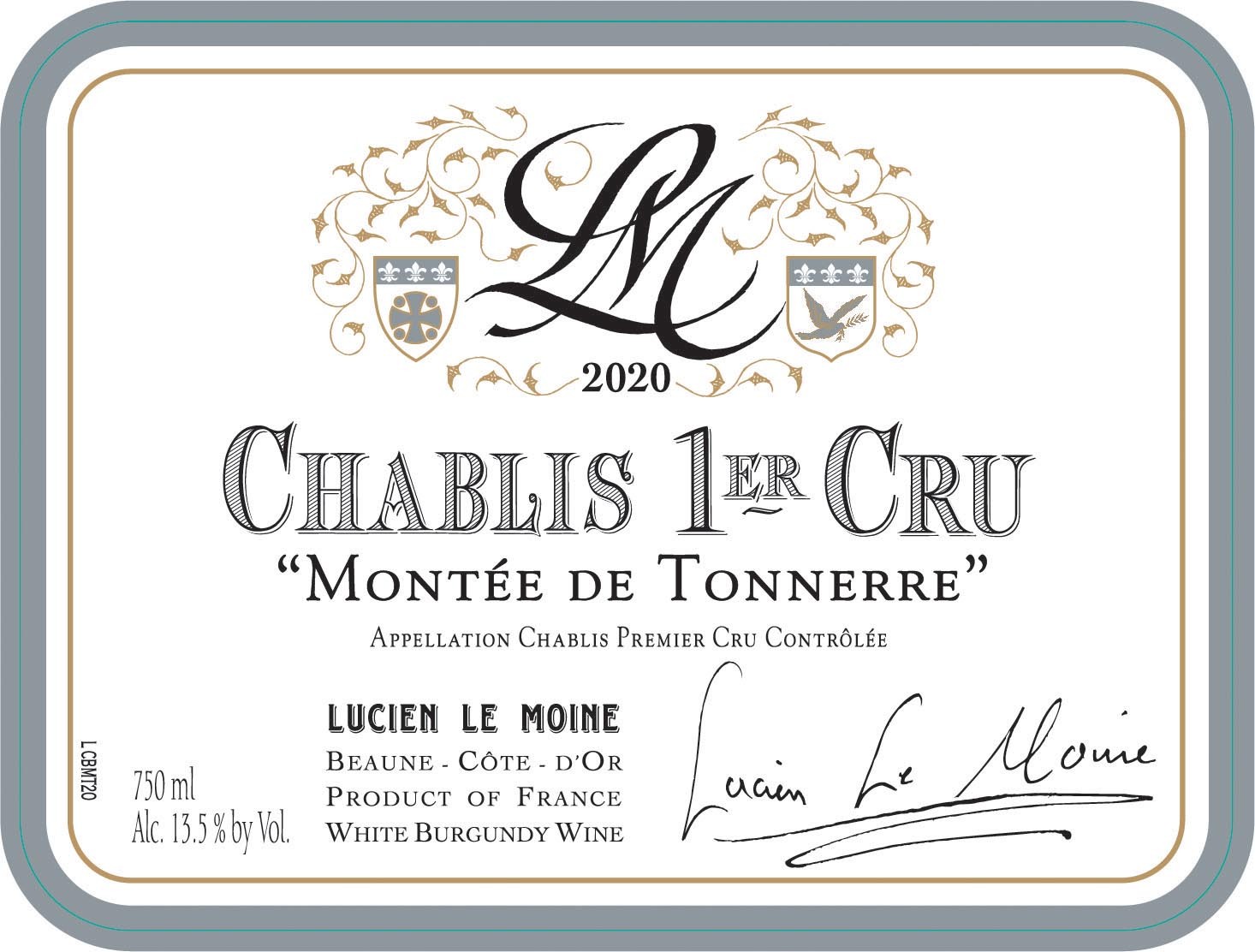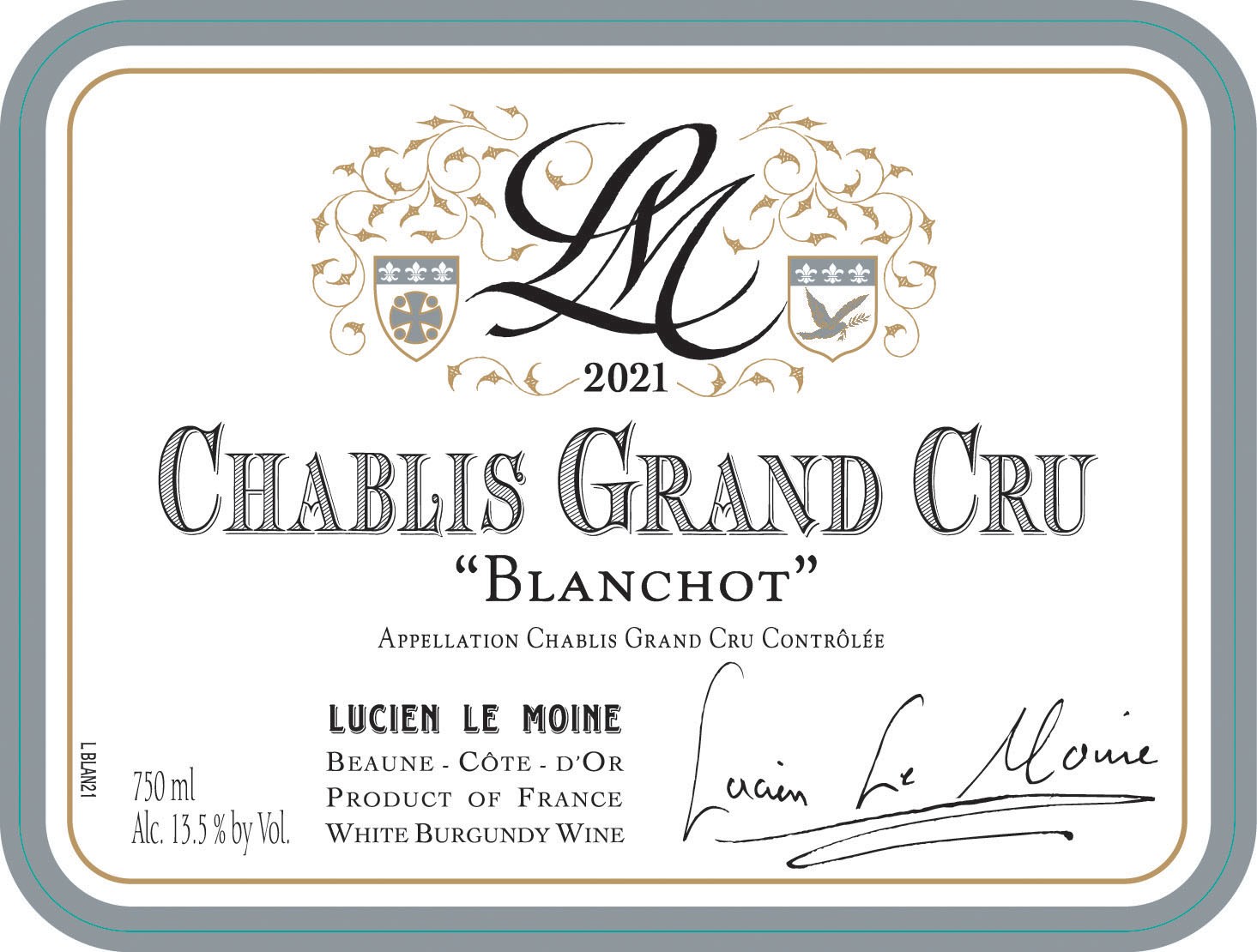Terroir of Chablis
The terroir of Chablis is shaped by its Jurassic-era limestone, especially the Kimmeridgian marl—a mix of limestone and clay rich with fossilized marine remains. This type of soil holds moisture well, giving the wines a deep, stony, and flinty character. The landscape features gently rounded slopes, with Grand Cru vineyards on the prime slopes above the Serein River, and Premier Crus on the middle slopes.
Chablis experiences one of Burgundy's coldest climates, influenced by both semi-continental and oceanic weather, causing noticeable seasonal shifts. The region receives about 650–700 mm of rain annually, which is evenly distributed. Warm days and cool nights near harvest time help enhance flavor concentration while keeping acidity levels high. However, spring frosts are a common threat, leading growers to use methods like candles and wind machines to protect the budding vines.
Notable Wineries in Chablis
Chablis, a gem in Burgundy's crown, is home to several renowned wineries, each offering distinct expressions of Chardonnay. Here's a glimpse into some notable producers:
-
La Chablisienne: The largest cooperative, featuring wines from Petit Chablis to Grand Cru, offering tours and tastings.
-
Domaine William Fèvre: Esteemed for Grand and Premier Cru plots, their wines blend ripe fruit with classic Chablis minerality.
-
Domaine Raveneau: A coveted family-owned estate, known for concentrated, long-lasting Premier and Grand Cru wines.
-
Domaine Billaud-Simon: Praised for finesse and mineral notes, with key parcels in Montée de Tonnerre and Les Preuses.
-
Domaine Jean-Marc Brocard: Known for modern winemaking, producing wines from Petit Chablis to Grand Cru.
-
Domaine Louis Michel et Fils: Respected for reliable quality across all appellations with careful vineyard management.
Sustainable Winemaking in Chablis
Chablis is embracing sustainability with a focus on eco-friendly practices that respect its unique terroir. Growers are increasingly turning to organic and biodynamic certifications, reducing chemical use by choosing natural options like copper and sulfur, aided by the region's dry climate. Cover crops are popular for enhancing biodiversity, preventing erosion, and reducing the need for tillage.
In the wineries, efforts to save energy and water are underway, including the use of solar panels and gravity-flow systems. Lighter glass bottles and other green packaging solutions are being adopted to minimize environmental impact. Regional groups are actively exploring climate adaptation strategies, such as frost protection and selecting suitable rootstocks, to ensure the future of Chablis' distinctive Chardonnay wines. These initiatives aim to preserve the character of Chablis while fostering a more sustainable future.
Wine Tourism in Chablis
Wine tourism in Chablis offers an immersive journey into the heart of Burgundy, where the landscape, history, and wine intertwine. Visitors can explore medieval architecture and the scenic Serein River Valley, home to the region's distinctive Chardonnay grapes.
Many local wineries, such as La Chablisienne and Domaine William Fèvre, welcome guests for tours and tastings, allowing a deep dive into the terroir-driven wines from Petit Chablis to Grand Cru. The marked wine routes provide a leisurely self-guided experience, ideal for cycling or driving.
Along the way, cultural landmarks such as Pontigny Abbey enhance the journey. Seasonal events, like the harvest-time wine festival, offer unique opportunities to engage with winemakers and the local community. This harmonious blend of natural beauty, history, and viticulture underscores Chablis' role as a premier wine tourism destination.
